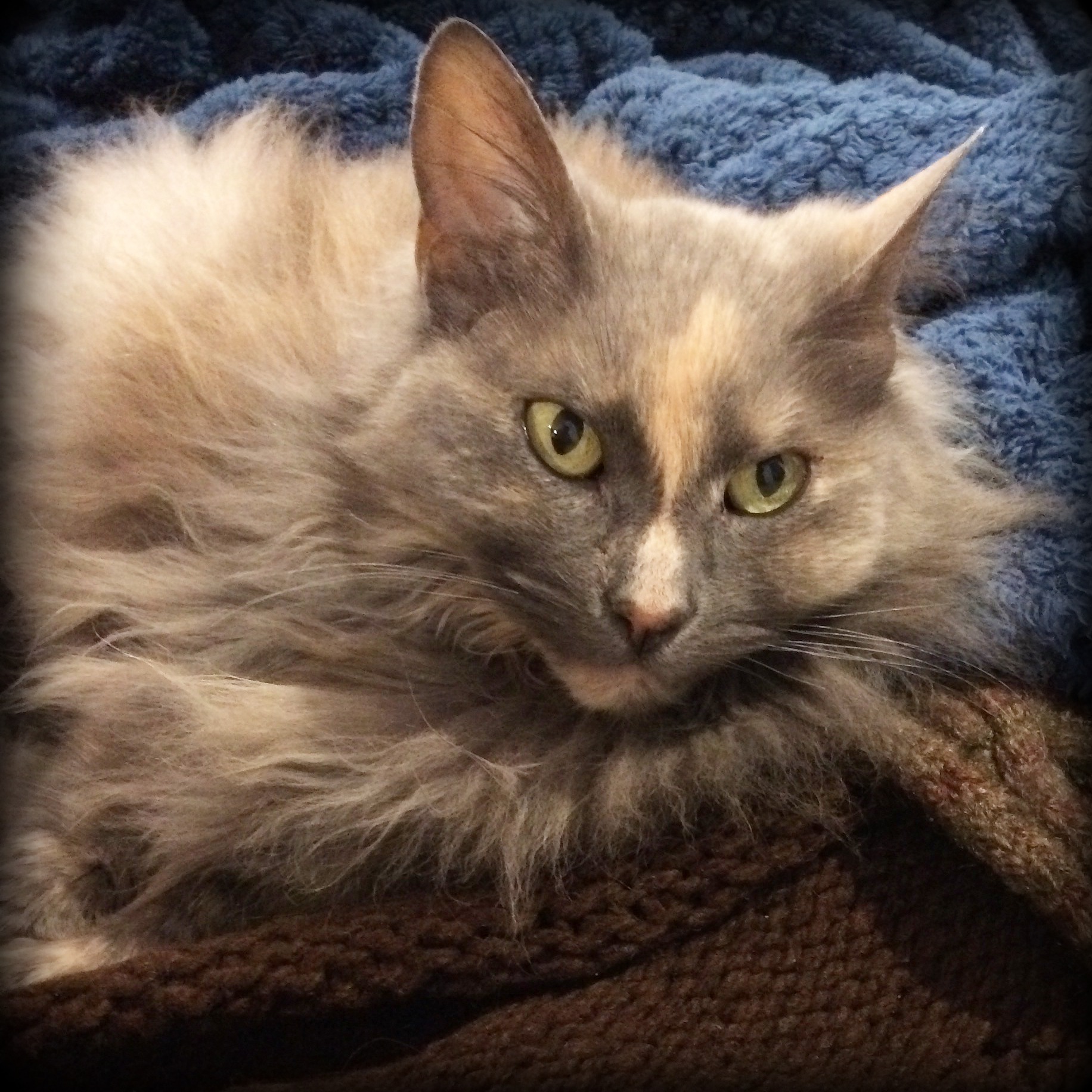Easter, 1536. With the death of Katherine of Aragon in January, it would seem that Anne Boleyn is at last undisputed Queen. Yet her position has never been more precarious. Henry has already developed a keen romantic interest in Anne’s lady in waiting, Jane Seymour, and his affection for his second wife is waning. Politically, Anne is a liability. Charles V, the Holy Roman Emperor and Katherine of Aragon’s nephew, has so far refused to acknowledge the marriage or Anne’s daughter, Elizabeth. King Francis I of France has also withdrawn his support for Anne, leaving her in a vulnerable position. It is this vulnerability which leads to an unprecedented event on Easter Monday: Anne and Eustace Chapuys, the Imperial Ambassador to Henry’s court, and one of Anne’s most vocal critics, come face to face for the first time. But what really occurred between Queen and Ambassador, and the significance of the event, has long been misunderstood.
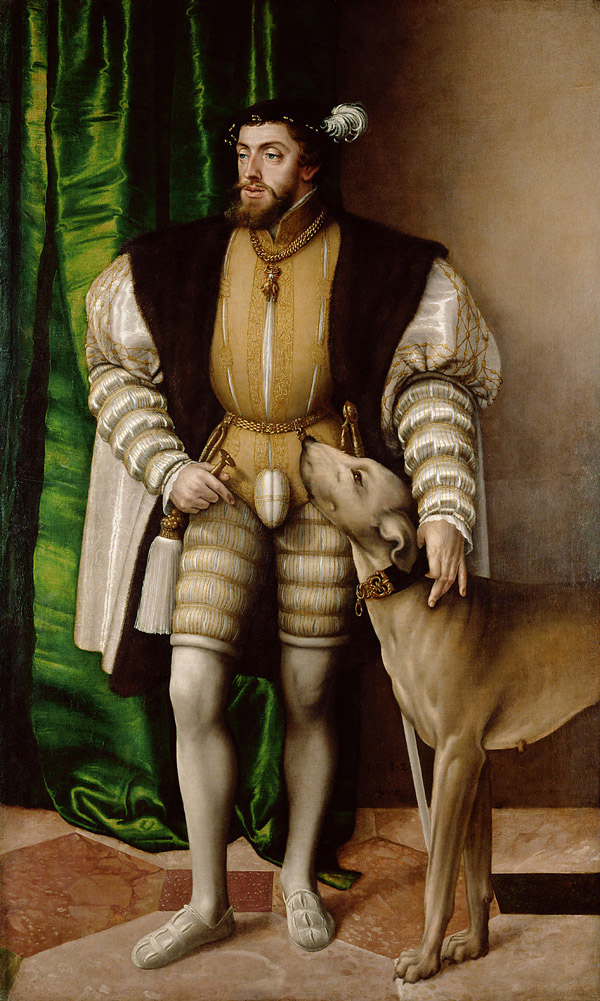
Anne was the last person on Chapuys’ mind as he made his way to court, just after Easter, to meet with Thomas Cromwell. Both men had been working together for several months to engineer a rapprochement between both monarchs in a bid to heal the rift caused by Henry’s divorce. Peace was at the forefront of Chapuys’ mind on the Tuesday after Easter when they approached Henry before Mass, with letters from Charles V to Henry. To both men’s relief, Henry was receptive and pleased by Charles’s words and looked forward to renewing their friendship. Crucially, with Katherine gone, Charles was even willing to acknowledge Anne, and accept the marriage at long last. Chapuys, it seems, was aware of the implications of this point. As long as Charles refused to acknowledge Anne, Chapuys, his representative at the Tudor court, could not acknowledge her. Yet his letter to Charles in April of 1536 makes clear that Chapuys knew such a meeting would have to take place. He would have to acknowledge Anne as wife and queen. But it worked both ways. We must bear in mind that Anne had similarly not acknowledged Charles or his ambassador. Now, she too must have been aware of the necessity of an Imperial alliance. Now, she would have to acknowledge Charles, and that meant acknowledging Chapuys.
Following the morning meeting, Cromwell attempted to get the ball rolling, and privately asked if Chapuys would meet Anne during mass, but Chapuys demurred, with good reason. Acknowledging Anne was one thing, but the treaty had not yet gone beyond words, and with nothing set in writing, Chapuys was wary of making such a step before any treaty had been signed. To do so would have been a grave error. He reported that “Before the King went out to mass Cromwell came to me on his part to ask if I would not go and visit and kiss the Concubine. I thought … such a visit would not be advisable, and I begged Cromwell to excuse it, and dissuade the said visit.”
However Chapuys did not avoid Anne’s brother and father, often dining with the pair, reporting that he found both men intelligent and affable. Chapuys wrote that he met with George just before mass, and it seemed that George was determined to grab Chapuys’ attention, and made a show of speaking with the ambassador for the benefit of the court. Why the ostentatious display of friendship? Was the stage being set? Could it be that Boleyns were apprehensive that things were beginning to slip away? Nevertheless, Chapuys seems almost to have anticipated that a meeting would occur during mass. He reported that “I was conducted to the Chapel by lord Rochefort, the concubine’s brother, and when the offering came a great many people flocked round the King, out of curiosity, and wishing no doubt to know what sort of a mien the concubine and I should put on.”
What occurred is considered to be one of the most dramatic and significant events of Anne’s last months. But what Chapuys actually writes differs significantly to the more popular version, namely that Chapuys was manipulated and “tricked” into acknowledging Anne. It is considered to be Anne’s last triumph over Charles, and Chapuys was left looking foolish. It certainly makes for a good story, but it is not the case. George stood with the ambassador, who did not object to being moved to where the royal couple would pass. Henry and Anne descended from the royal chapel and made their way to the altar.
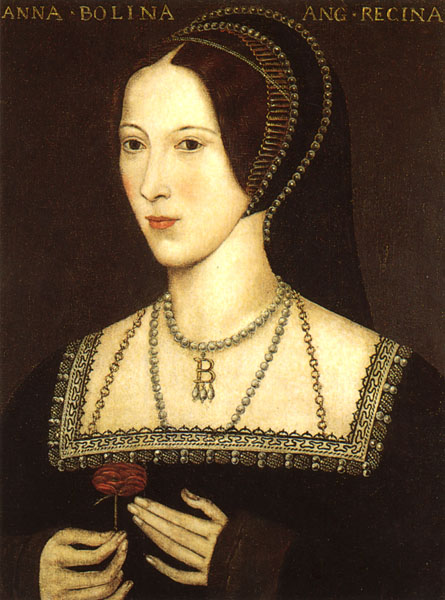
Popular history tells us that Anne stopped in front of Chapuys, who was then forced to bow, to the delight of both Henry and Anne. Yet the report is very clear. Chapuys was already bowing as the royal couple passed, but it was Anne who turned and acknowledged Chapuys’ show of respect. Not only was Chapuys demonstrating that he was willing to make this small accession, Anne was formally acknowledging the ambassador, and through him, she was acknowledging and paying respect to Charles V, something she had never done. We are so fixated on the significance of the event for Anne, we fail to realize the significance for Chapuys. Could Henry or Cromwell have engineered the encounter in order to force Charles to acknowledge Anne? It is unlikely, as Charles was already willing to accept Anne as part of an alliance would make this rather unnecessary.
Chapuys showed no displeasure, which would make sense if he anticipated that he would have to make such a move: “I must say that she was affable enough on the occasion for on my being placed behind the door by which she entered the chapel, she turned round to return the reverence which I made her when she passed.” This last part is often overlooked. If we take into account Anne’s weak position, such an entrée to Charles is not an act of submission on Anne’s part, but a shrewd political move towards an alliance with Charles. Her behavior following mass adds even more weight to the argument. Chapuys dined with George and Thomas Boleyn along with other councilors, but Anne desired the ambassador to dine with her, and even asked Henry why Chapuys had not dined with them and the other ambassadors. Henry dismissed her, stating that it was “not without good reason.”
Anne then attempted to ingratiate herself further with Chapuys by publicly abusing the French ambassador (something Chapuys sometimes did privately), who was sure to report the incident. Anne had switched tactics, but it would not save her.
Chapuys moved on from the incident as he and Cromwell met with the king that evening. Their focus was the proposed alliance between Charles and Henry, however, both Cromwell and Chapuys forgot Henry’s penchant for doing the opposite of what was expected of him. The proposals that had so pleased Henry before Mass now infuriated him. Chapuys and Cromwell bore the brunt of his displeasure, as he worked himself into a rage, insulting Charles to his ambassador and dismantling all the two men had worked to achieve. Cromwell and Chapuys retreated to the ambassador’s lodgings, both men in shock. They sat up into the night, no doubt trying to work out where matters had taken such a wrong turn. Cromwell disappeared from court for several days. His reappearance marked the beginning of Anne’s downfall.
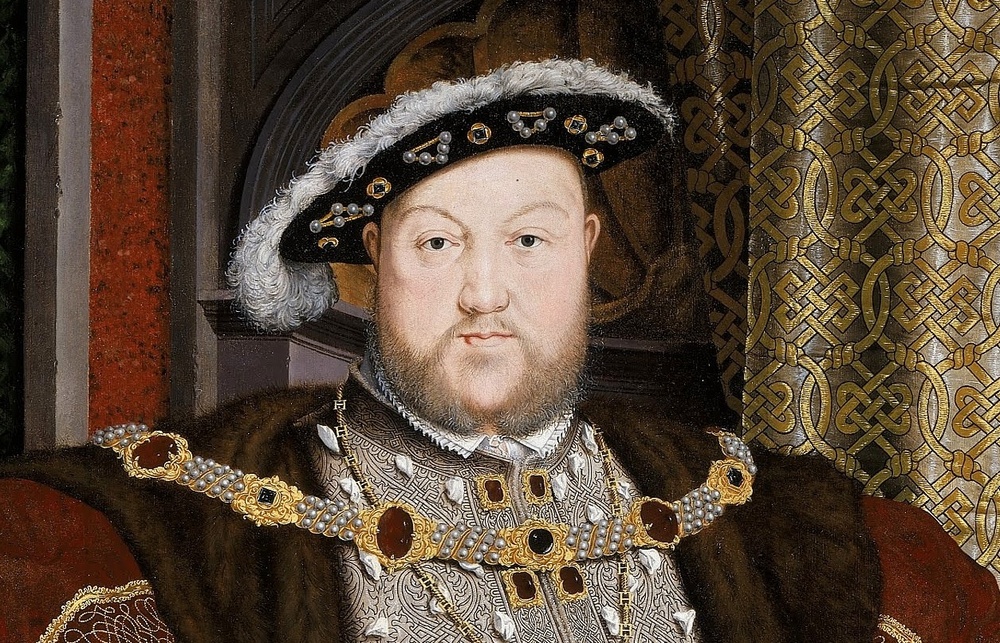
Even over four centuries since her execution, Anne Boleyn still has the ability to draw from us intense emotional reactions, and we can be too eager at times to search for any last moments of triumph before the swing of the executioner’s sword, and Chapuys and Anne meeting for the first time is by far the most written about. It would be more scandalous had Chapuys been forced somehow into acknowledging Anne, as many assume he truly hated her, and dedicated much of his time to destroying her. Such a theory lends drama to what is frankly already a dramatic narrative, but in truth, while he abhorred her treatment (and Henry’s) of Katherine and Princess Mary, he nevertheless admired Anne’s intelligence and political acumen. It is most telling that during Anne’s arrest and trial, while the court distanced themselves from the Queen they had once so eagerly served, while Anne’s allies and friends stayed silent, Chapuys was one of the very few who publicly declared that she was innocent, and a victim of a political coup. He even wrote to Charles V himself, his distaste and disbelief evident. Far from rejoicing, Anne’s execution haunted the ambassador for weeks to come, as he struggled to comprehend who was responsible for her judicial murder. As he wrote to Charles, “The executioner’s sword and her own death were virtually to separate and divorce man and wife. However, if such was their intention it strikes me that it would have been a far more decent and honest excuse to allege that she had been married to another man still alive.”
Anne’s death was, to the ambassador, utterly unnecessary, and he wrote, “May God permit that this may be his [Henry’s] last folly.”
We can only wonder what Chapuys may have felt upon coming face to face with Anne that last Easter. Was there was a silent acknowledgement of truce? Or perhaps an understanding between the two? That morning during Mass was far more than a simple trick; it was a step, on both sides, towards some form of peace. Had an alliance come to pass, we may wonder if they may have worked well together towards a mutual goal. This is sheer speculation of course, but regardless of Chapuys’ personal feelings towards Anne, his admiration and respect for one of the most alluring women of the Tudor court, when all others voiced their condemnation, is a fascinating and crucial element of the ambassador’s life. And it can no longer be overlooked.
 Lauren Mackay is an historian whose focus of study goes beyond familiar historical figures and events to lesser known individuals, as well as beliefs, customs, and diplomacy of the 16th Century.
Lauren Mackay is an historian whose focus of study goes beyond familiar historical figures and events to lesser known individuals, as well as beliefs, customs, and diplomacy of the 16th Century.
Lauren completed her Master of History with University of New England, and is currently researching her PhD on Thomas and George Boleyn’s political careers, with University of Newcastle in Australia. Lauren has given several talks based on her research in the United Kingdom and Australia, and her debut book, ‘ Inside the Tudor Court: Henry VIII and his Six Wives through the Life and Writings of the Spanish Ambassador, Eustace Chapuys’ is out now.
Visit Lauren’s website at laurenmackay.co.uk
Lauren on Twitter
Lauren on Facebook Inside the Tudor Court
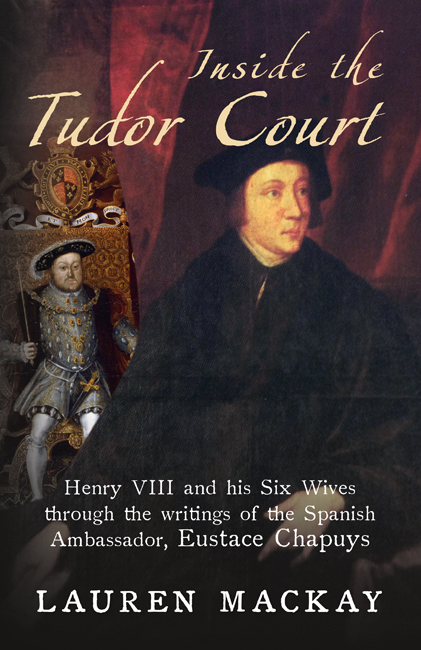 Inside the Tudor Court : Henry VIII and His Six Wives Through the Eyes of the Spanish Ambassador
Inside the Tudor Court : Henry VIII and His Six Wives Through the Eyes of the Spanish Ambassador
Available now from Book Depository and Amazon
The reports and despatches of Eustace Chapuys, Spanish Ambassador to Henry VIII’s court from 1529 to 1545, have been instrumental in shaping our modern interpretations of Henry VIII and his wives. As a result of his personal relationships with several of Henry’s queens, and Henry himself, his writings were filled with colourful anecdotes, salacious gossip, and personal and insightful observations of the key players at court, thus offering the single most continuous portrait of the central decades of Henry’s reign. Beginning with Chapuys’ arrival in England, in the middle of Henry VIII’s divorce from Katherine of Aragon, this book progresses through the episodic reigns of each of Henry’s queens. Chapuys tirelessly defended Katherine and later her daughter, Mary Tudor, the future Mary I. He remained as ambassador through the rise and fall of Anne Boleyn, and reported on each and every one of Henry’s subsequent wives – Jane Seymour, Anne of Cleves, Catherine Howard, and Katharine Parr – as well as that most notorious of ministers Thomas Cromwell. He retired in 1545, close to the end of Henry VIII’s reign. In approaching the period through Chapuys’ letters, Lauren Mackay provides a fresh perspective on Henry, his court and the Tudor period in general.



